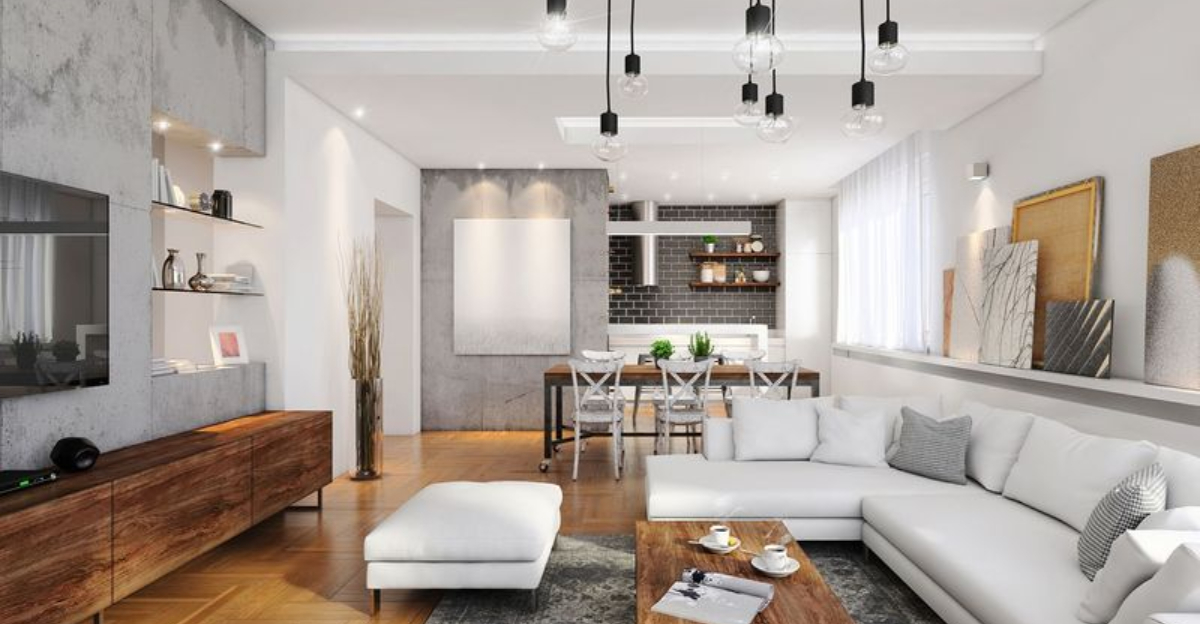Your living room is about to get a major makeover as we head into 2025. Interior designers are calling time on some of our most beloved decor staples while ushering in fresh approaches that feel more authentic and livable.
Some trends are aging like milk left out during a heatwave, while others are getting the design equivalent of a restraining order. Here’s what’s getting evicted—and what’s scoring the prime real estate in your space.
1. Gray-on-Gray Monotony
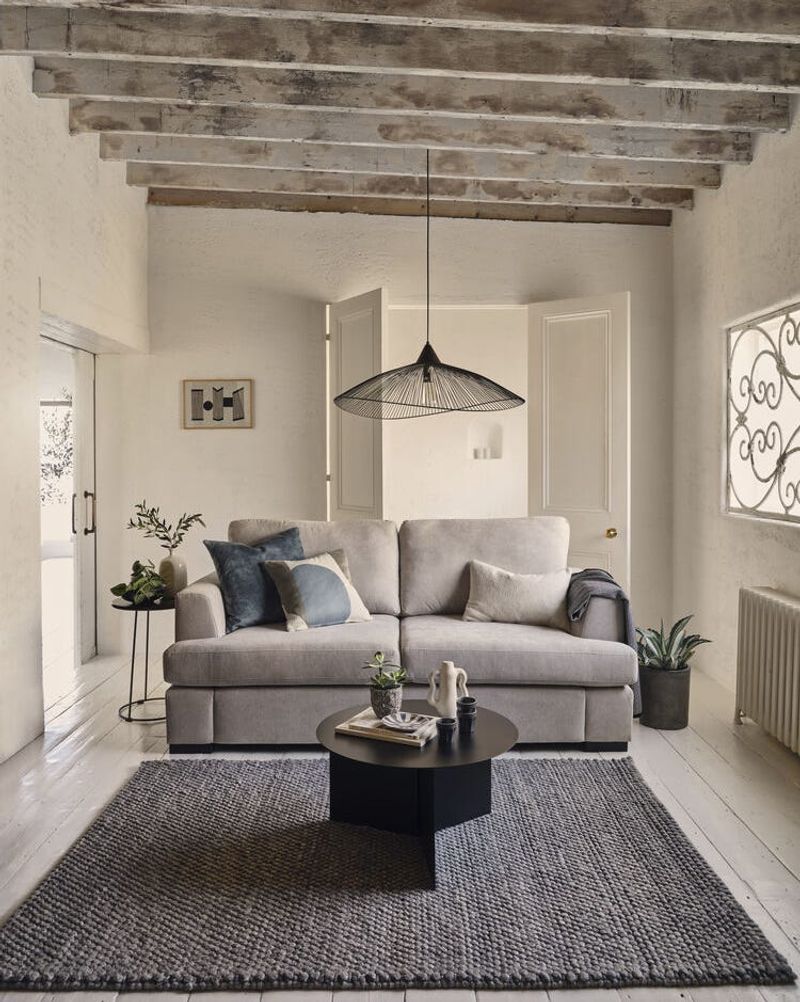
Remember when every Pinterest board featured that same cool gray palette? The fifty shades of gray era is officially over. Design pros are relegating this once-safe choice to the bland basement of history.
Think mushroom taupes, soft camels, and oatmeal tones that create warmth without screaming for attention. *Your walls finally get to have an opinion.*
2. Farmhouse Everything
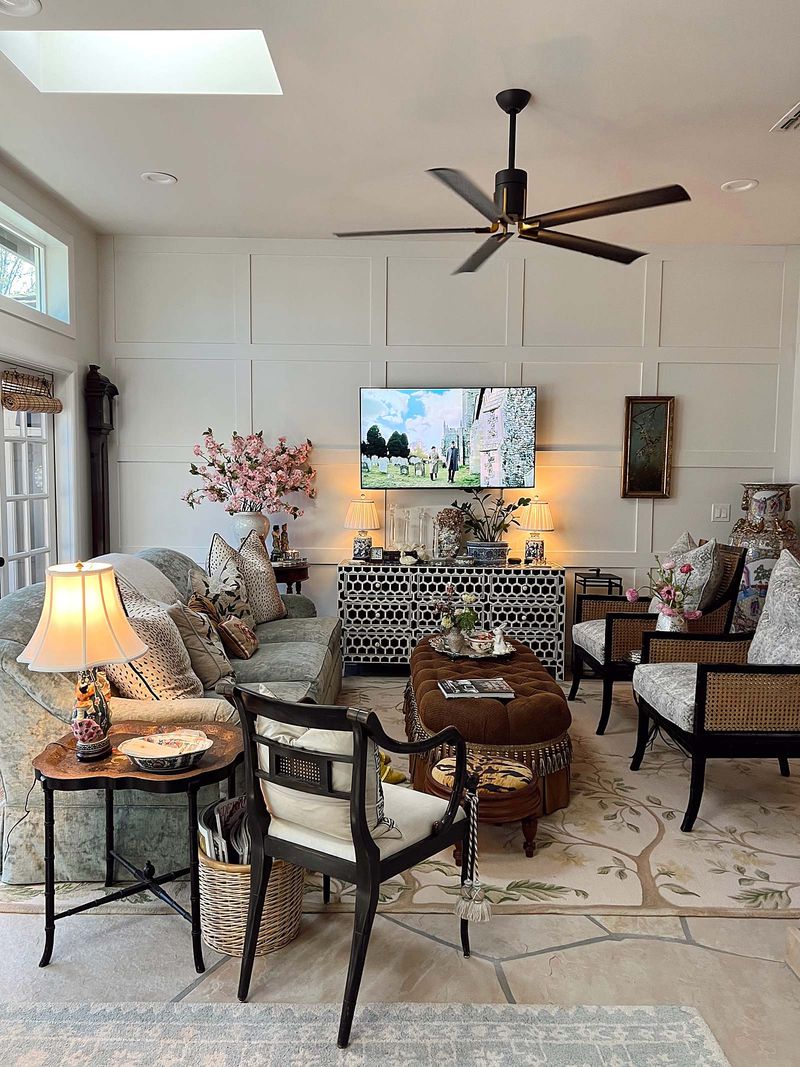
Shiplap, barn doors, and “Live Laugh Love” signs have officially overstayed their welcome. The rustic farmhouse look that dominated the 2010s now feels as authentic as a city slicker at a rodeo.
Thoughtfully curated antiques, architectural salvage pieces with stories, and craftsmanship that honors tradition without the themed costume party vibes.
3. Fast Furniture Frenzy
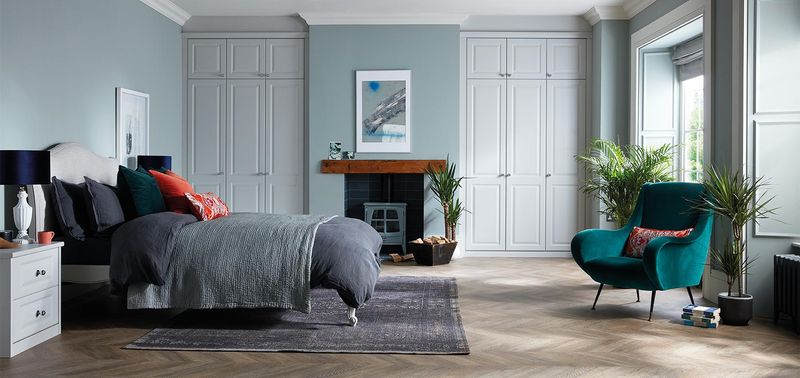
Mass-produced particle board pieces that barely survive a move? Designers are slamming the door on disposable furniture that’s built to be replaced rather than cherished.
Taking the throne: Investment pieces with staying power. Slow-made furniture crafted from sustainable materials, designed for disassembly and repair. Quality craftsmanship is making the ultimate comeback—*your grandkids might actually fight over these pieces someday.*
4. All-White Everything
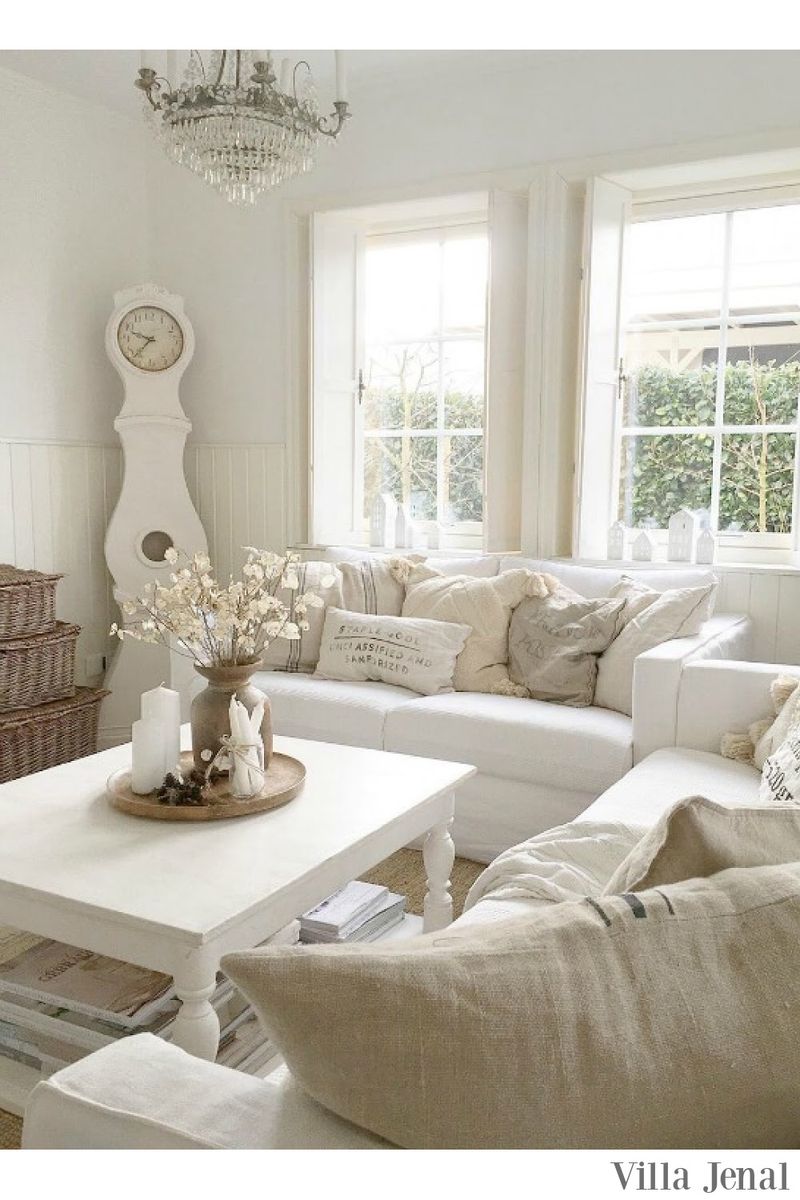
The clinical, Instagram-friendly white box has flatlined. Those pristine white sofas, walls, and accessories that looked amazing in photos but terrible after one glass of red wine are losing their appeal.
Rich, saturated colors on walls and upholstery that hide real-life messes while adding character. Navy, forest green, and deep burgundy are stepping into the spotlight—looking expensive without requiring a hazmat suit.
5. Matching Furniture Sets
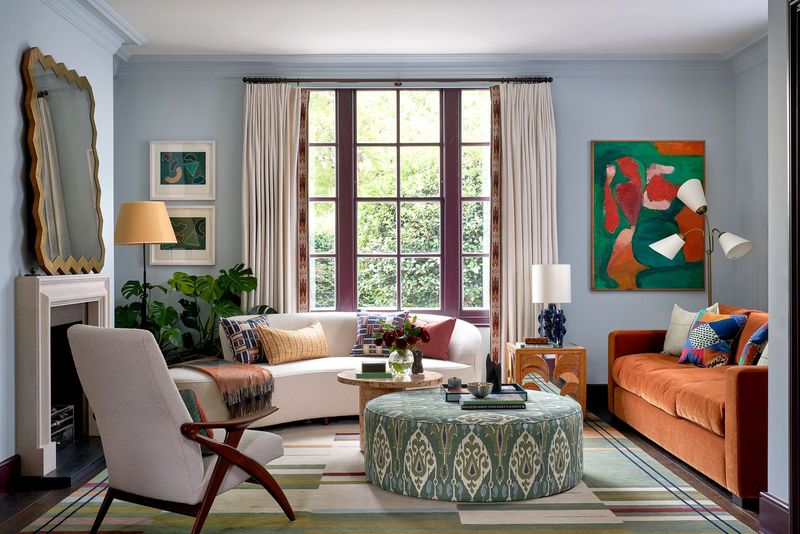
The showroom-floor look is showing itself out. Those perfectly coordinated sofa-loveseat-chair combinations that scream “I bought everything in one afternoon” are losing their appeal faster than platform flip-flops.
Furniture that plays well together without being twins—different textures, complementary shapes, and varied materials that create visual interest while telling a more authentic story about who actually lives there.
6. Word Art Overload
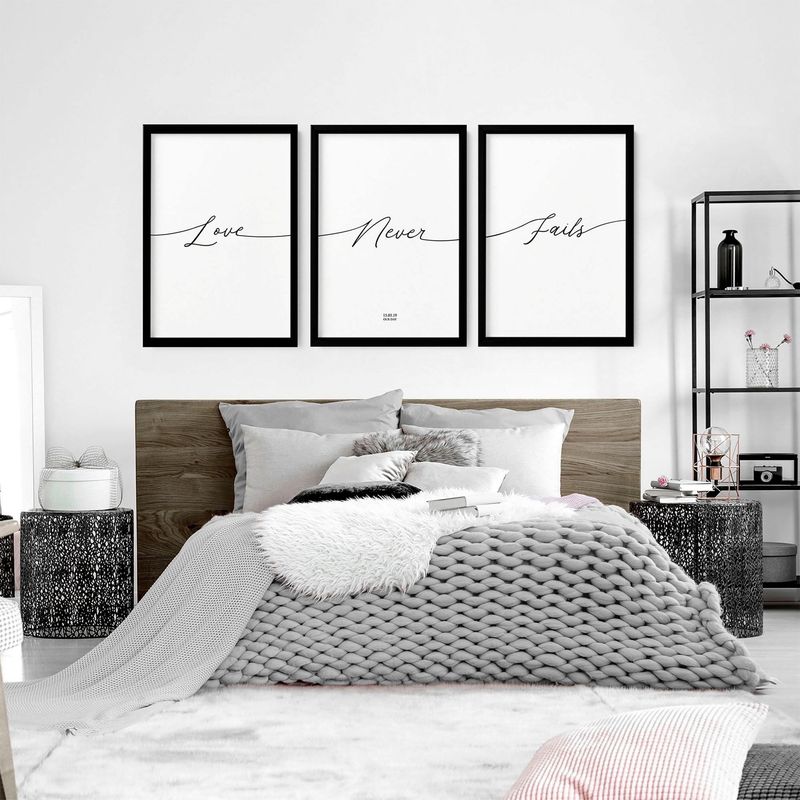
“Home is where the heart is”—and apparently where originality went to die. Typography-heavy decor with generic inspirational phrases has reached peak saturation, and designers are begging us to find new ways to express ourselves.
Original paintings, prints from independent artists, or family photographs displayed in unexpected ways. Walls are becoming conversation starters rather than Instagram captions.
7. Open Shelving Everywhere
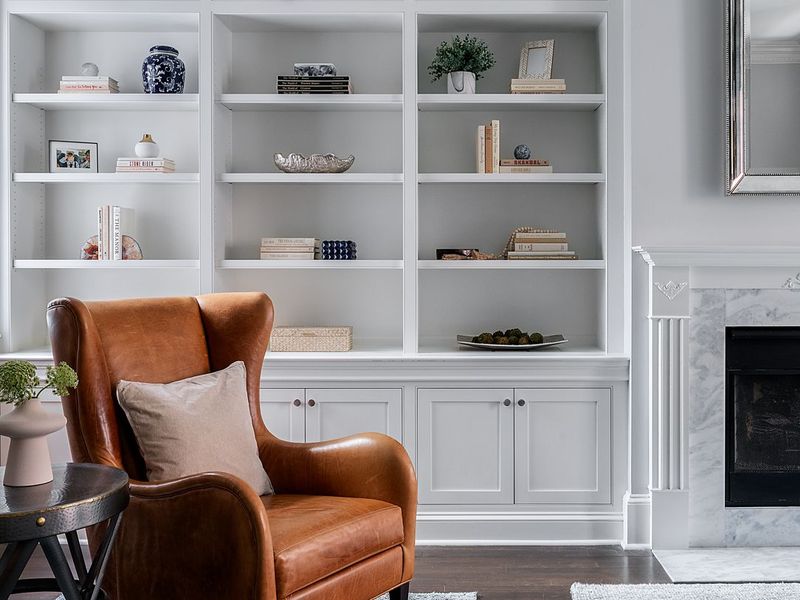
Those Instagram-ready open shelves filled with perfectly styled objects nobody actually uses? They’re collecting dust both literally and figuratively.
Stepping forward: Strategic display moments mixed with closed storage. Curated vignettes that showcase truly special pieces, balanced with cabinetry that hides life’s necessary clutter. *Because nobody needs to see your collection of mismatched mugs and tax documents.*
8. Edison Bulb Exhaustion
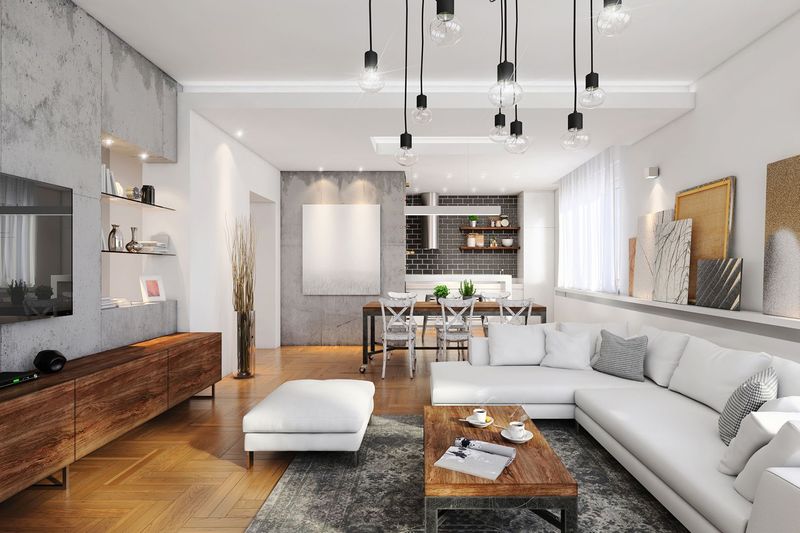
The exposed filament bulbs that turned every surface into an industrial-chic statement have finally burned out. What once felt edgy now reads as tired as a 2010s Brooklyn restaurant menu.
Illuminating spaces instead: Sculptural lighting with soft diffusion. Fixtures that are art pieces themselves—paper lanterns, frosted glass globes, and ceramic shades that cast a flattering glow. Lighting is becoming the jewelry of the room rather than a historical reenactment.
9. Accent Wall Fatigue
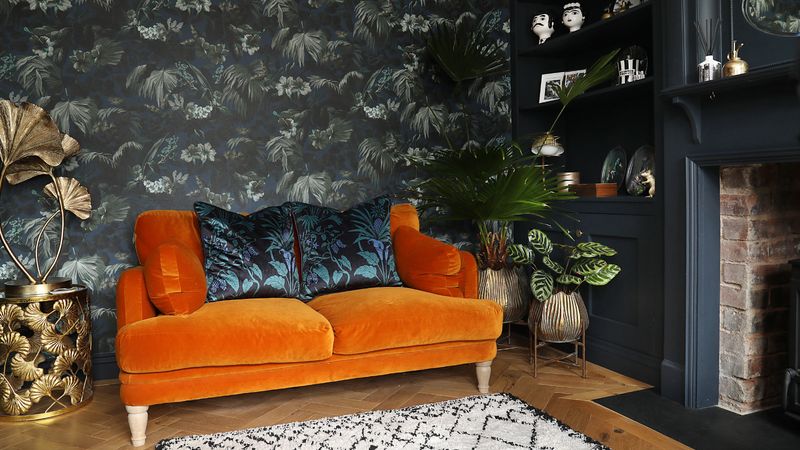
The lonely feature wall in a bold color or busy pattern is being shown the door. This half-committed approach to bringing personality into a space feels dated and timid.
Moving in: Fully wrapped rooms with intention. Four walls getting equal treatment—whether through rich paint colors, textured wallcoverings, or architectural paneling. Spaces are becoming immersive environments rather than hesitant statements with one brave wall.
10. Fiddle Leaf Fig Fatigue
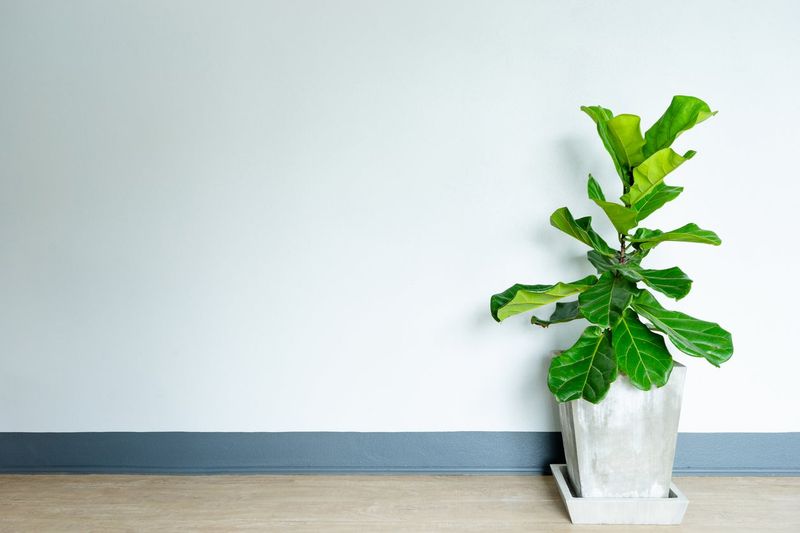
The fiddle leaf fig—that temperamental diva of houseplants—has been typecast in every styled interior for nearly a decade. Its ubiquity has rendered it about as exciting as beige carpet.
Growing in popularity: Unexpected botanicals with character.
Olive trees, unusual cacti, and statement-making banana plants that don’t scream “I copied this from a magazine.” Plants are becoming more personal expressions and less status symbols.
11. Millennial Pink Burnout
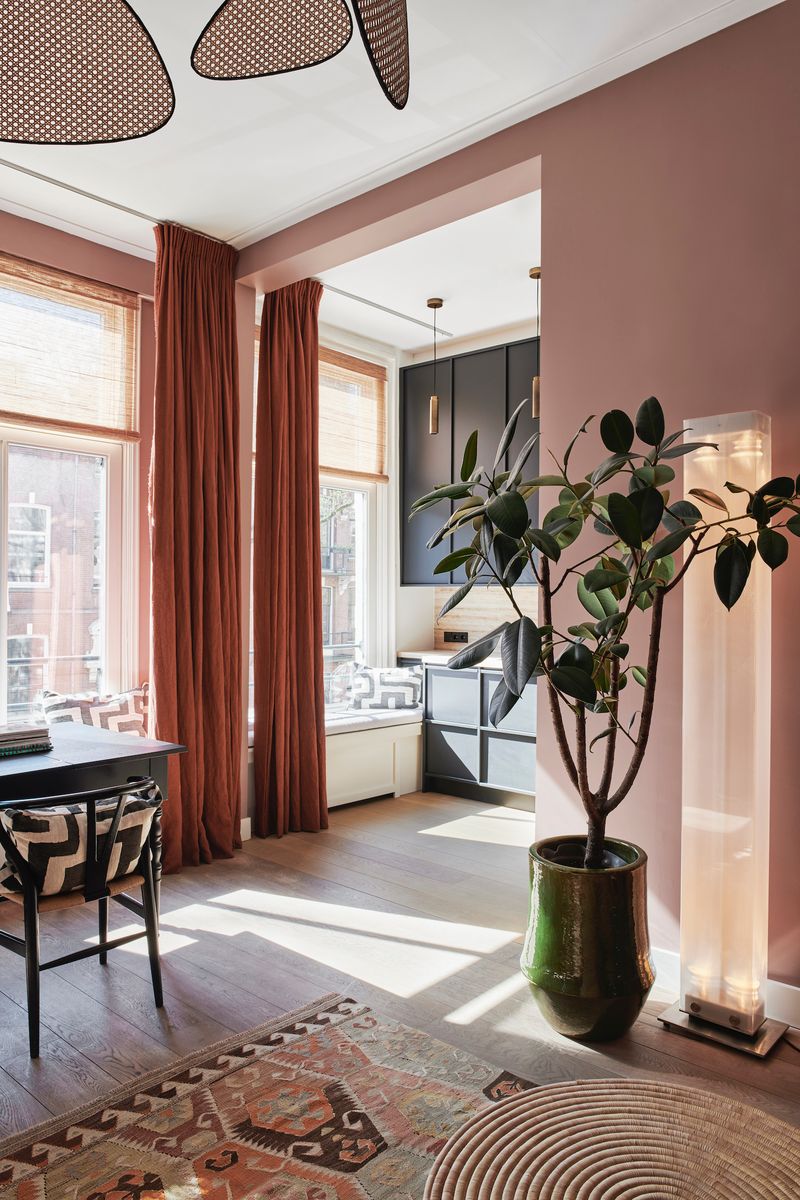
The blush tone that launched a thousand startups has finally faded. That once-fresh hue that adorned everything from sofas to accent pillows now feels as current as a 2016 playlist.
Blushing into view: Complex, earthy terracottas and rusty oranges. These grounded, sunset-inspired tones bring warmth without the saccharine sweetness. *Think less cupcake shop, more Sedona sunset after a mezcal margarita.*
12. Overdone Chevron Patterns
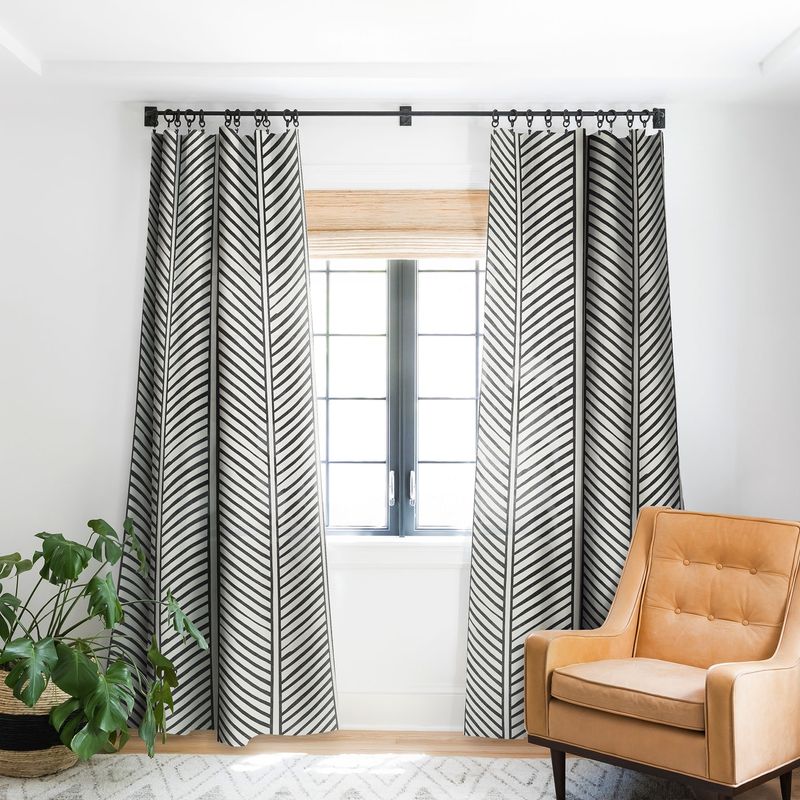
The zigzag pattern that zigzagged its way onto everything from rugs to throw pillows has finally run out of road. Once fresh and graphic, chevron now reads as dated as a 2012 Pinterest board.
Taking shape: Organic, imperfect patterns with movement.
Hand-blocked prints, watercolor effects, and abstract brushstrokes that feel artistic rather than mass-produced. Patterns are becoming more expressive and less mathematical.
13. Fake Plants Phaseout
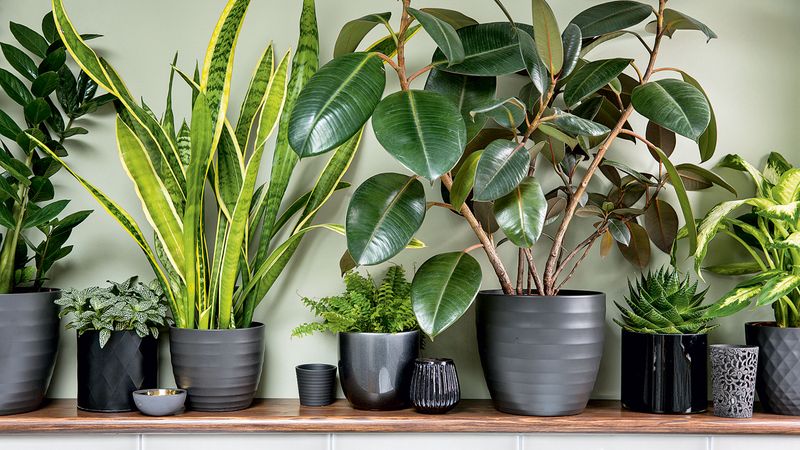
Those dust-collecting faux fiddle leafs and plastic succulents are finally being recognized for what they are—sad imitations collecting both dust and judgment. The plastic plant revolution is wilting.
Low-maintenance real plants or none at all. Snake plants, ZZ plants, and pothos that thrive on neglect, or beautiful branches and dried arrangements that bring natural elements without the pretense. *Your allergies can still breathe easy.*
14. Massive Sectional Dominance
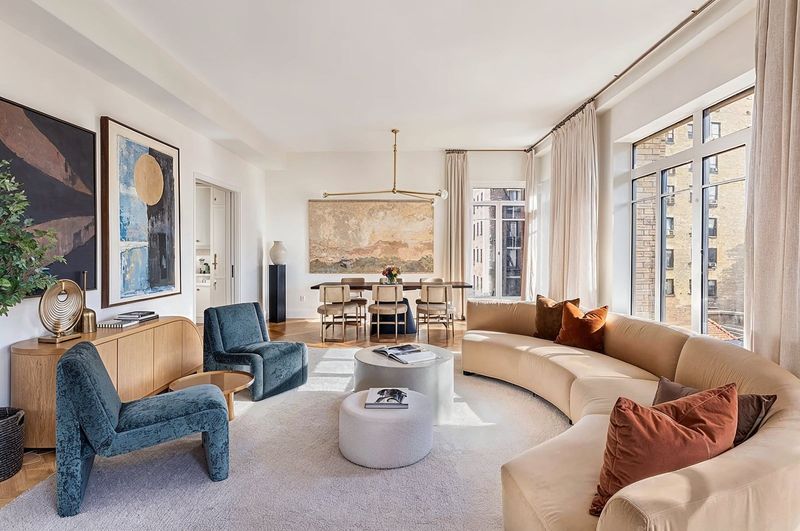
The enormous sectionals that swallowed living rooms whole are being cut down to size. These room-dominating behemoths that screamed “Netflix marathon headquarters” are losing ground.
Thoughtfully positioned sofas and chairs that actually face each other, encouraging interaction rather than screen-fixation. Living rooms are becoming social spaces again rather than home theaters with uncomfortable seating.
15. Barn Door Burnout
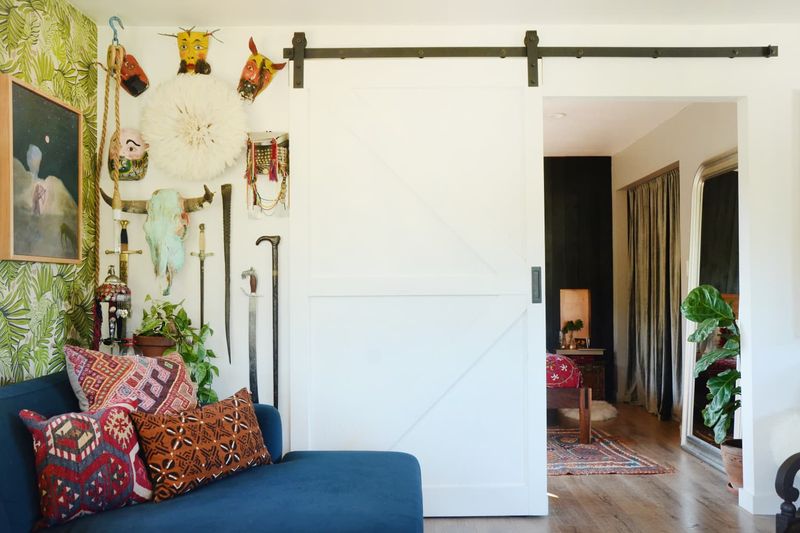
The sliding barn door that promised space-saving function while delivering squeaky tracks and zero sound privacy is finally being uninstalled. What began as clever repurposing has devolved into cliché.
Opening up instead: Architectural room dividers with purpose. Pocket doors, glass partitions, and clever millwork that can separate spaces without the farmhouse cosplay. Room transitions are becoming intentional design moments rather than theme park attractions.
16. Overstuffed Gallery Walls
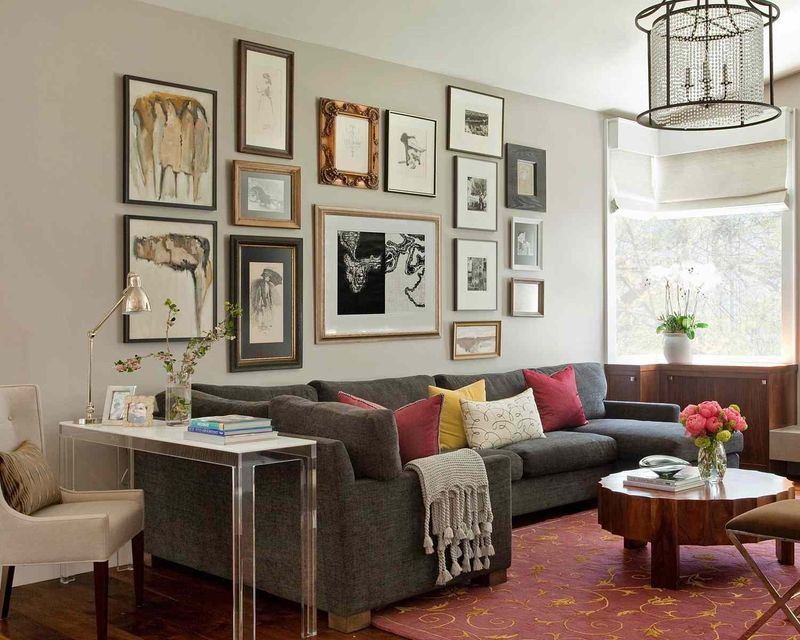
Those chaotic collections of mismatched frames covering entire walls are getting a serious edit. The “more is more” approach that turned walls into visual noise is being toned down.
Fewer, larger pieces given space to be appreciated, or small collections with a cohesive theme. Walls are becoming thoughtful exhibitions rather than scrapbooks exploded onto sheetrock.
17. Uncomfortable Statement Chairs
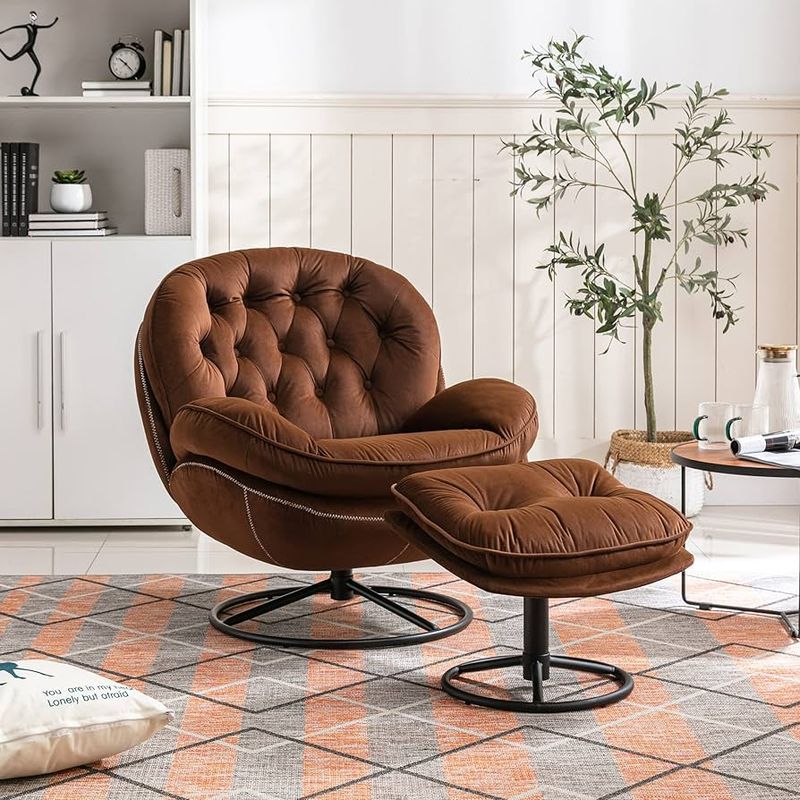
Those Instagram-worthy sculptural chairs that look amazing but feel like medieval torture devices are getting the boot. Design without function is finally being recognized as the ultimate form of impracticality.
Chairs with proper padding, ergonomic support, and inviting textures that don’t require a chiropractor appointment after movie night. *Your tailbone is sending a thank-you note.*
18. Trendy Color of the Year Fixation
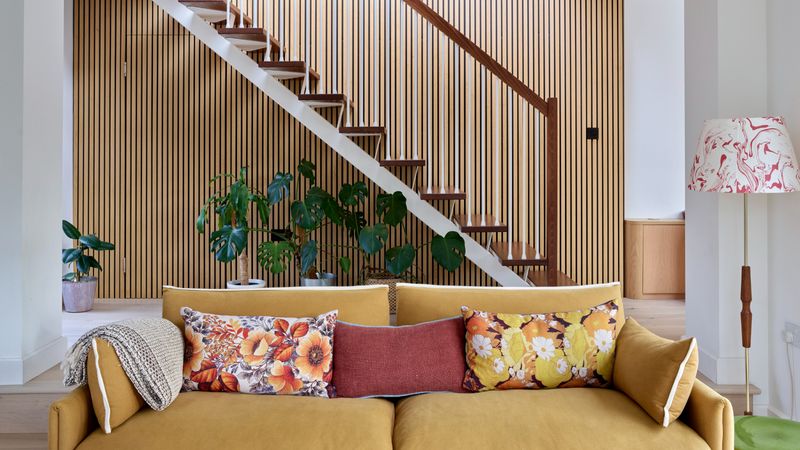
The obsession with incorporating whatever shade paint companies declare “Color of the Year” is fading faster than said colors. These marketing-driven color trends often feel forced and quickly dated.
Colors chosen for how they make you feel in your specific space rather than their trend status. Living rooms are becoming reflections of personal color preferences rather than paint company press releases.

